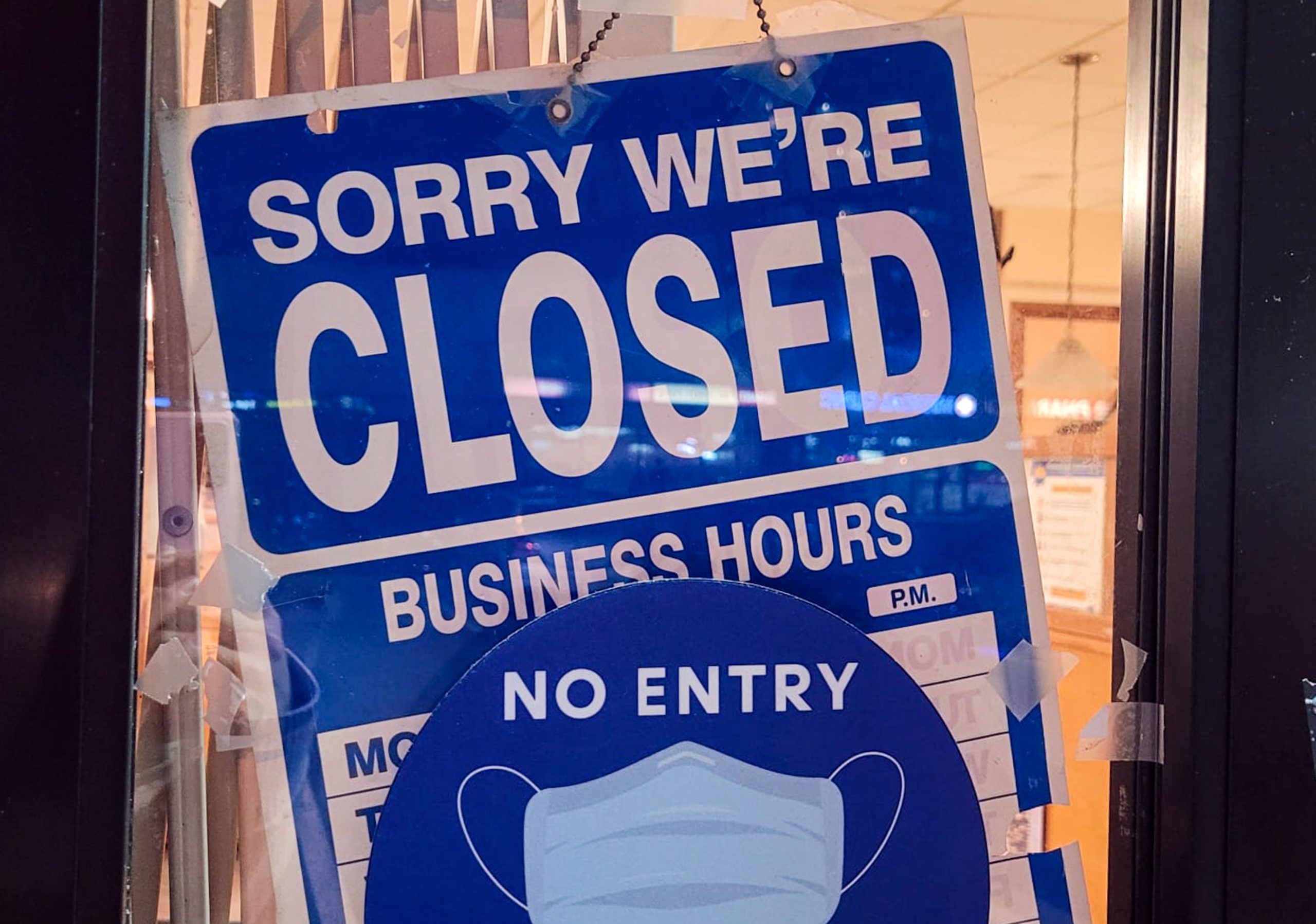
New reports help create better understanding of homeless situations
By Angela Espinoza, News Editor
Several reports released last week offer updated information on the state of BC’s homeless population. Reports were published by Megaphone Magazine and the Women’s Coalition of the Downtown Eastside, the latter of which formed in 2011.
Findings by Megaphone reveal that those who are homeless in BC face half the average life expectancy of BC residents. The Women’s Coalition report outlines the rate of violence against women in the Downtown Eastside (DTES), claiming physical assaults are “normalized.”
Megaphone’s report, titled “Dying on the Streets,” was conducted between 2006 and 2013, which found “at least 271 homeless people died in British Columbia.” BC coroners provided numbers of recognized homeless deaths, but the report states that the numbers are “likely much higher” due to the number of homeless persons who go missing.
The report also states homeless are twice as likely to die via accident, suicide, or homicide compared to average BC residents, and that the average age of death for homeless ranged from 40 to 49 years of age. The average BC resident, according to the report, lives up to 82.65 years.
Of the 281 confirmed deaths, 160 are totalled for having died on the streets, 90 for having died in shelters, and 31 were listed as “unknown.”
Recommendations for preventative measures are also outlined in the report. Amongst other suggestions, Megaphone states the BC Coroners Service “should work with regional health providers and local homeless agencies … so it can better record the true number of homeless deaths in British Columbia.”
Also suggested were yearly coroner reports, as well as monitoring of aboriginal homeless people specifically to have accurate numbers of the aboriginal population of BC.
As for the Women’s Coalition report, titled “Getting to the Roots,” research was conducted via participants who were “self-identified women with existing relationships to the DTES.” The report states that 48 per cent of those who responded to their research said they had experienced violence in the past two years.
Participants were asked, “Where do you go or who do you approach when you are feeling unsafe?” The majority, at 23 per cent, were classified as “no one/deal with it myself.” An additional 20 per cent stated they inform friends or family, 19 per cent go to women’s services, while 15 per cent go to the police.
When asked “What services or organizations do you feel comfortable approaching to talk about women’s safety,” 69 per cent of responses selected various women’s centre services, yet only one per cent selected going to the police.
The report stated that one of the contributing factors of many not going to police is that some victims live in the same housing units as their aggressors, and thus fear living on the streets if the crimes are reported. Another factor was that some “women may be reliant on violent partners for income, housing, or other support.”
Suggestions for change are offered in the report, several of which include offering 24-hour shelters and self-defence training for women, as well as developing “decriminalized areas where sex workers can work openly and safely.”
Megaphone is published monthly, and sold via homeless and low-income street vendors throughout Vancouver and Victoria. Each issue is $2, with $0.75 of each sale going towards each vendor; vendors can be located via the Megaphone Vendor Finder app.

